Kaka-aku
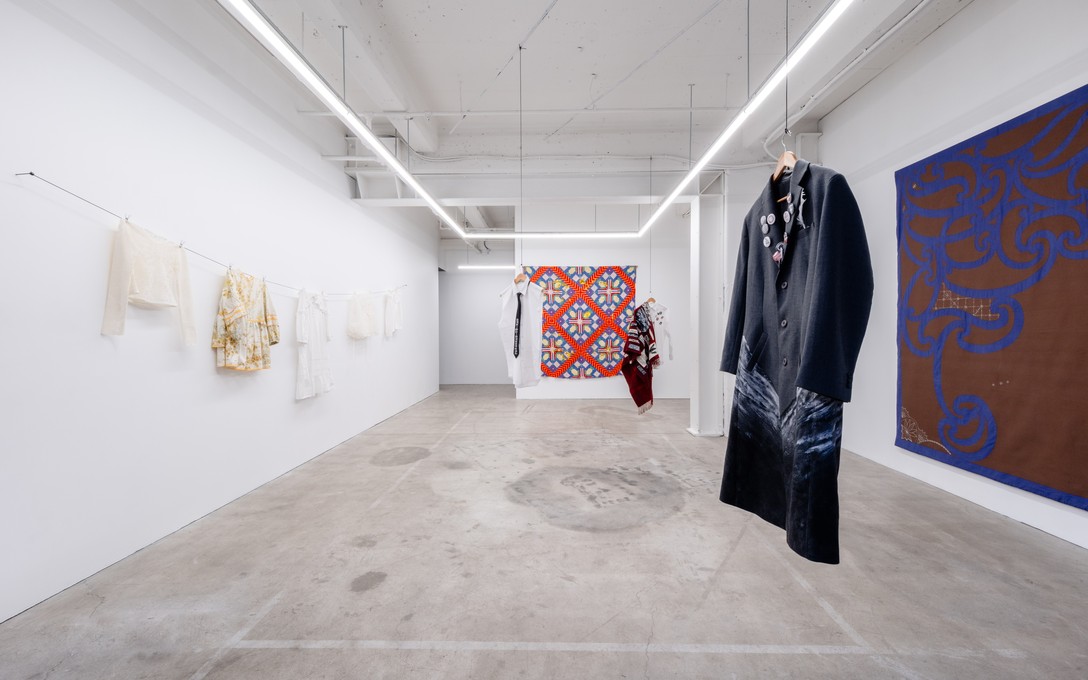
Kaka-aku, installation view. Image courtesy of Ted Whittaker.
archived
14 Sep
–
2 Nov
2024
Bobby Luke, Rosalie Koko, Vince Ropitini, Tehani Buchanan
Kaka-aku is an exhibition featuring Tehani Ngapare Rau-Te-Tara Buchanan (Ngāti Rupe Makea, Rarotonga, Aitutaki, Mitiaro, Mangaia), Rosalie Koko (Ngāti Kahungunu ki Heretaunga, Olosega), Bobby Luke (Ngāti Ruanui, Taranaki) and Vince Ropitini (Taranaki, Ngāruahinerangi, Whakatōhea).
Through the forms of kākahu, tīvaevae and moving image, these artists honour the customary ways of their tūpuna while also offering invigorating adaptations that revitalise past traditions. In textile art, innovation is vital. As Lana Lopesi notes in False Divides, “Moana cultures, like all cultures, are in flux, adapting and evolving. It is important to remember that while Moana cultures are firmly rooted in customary practices, they are also active participants in the contemporary world.”1 The artistic practices of tīvaevae and kākahu may seem diametrically opposed, but they both have roots in kaka-aku, literally meaning textile fibre.
Tīvaevae is a niche artform in Aotearoa, yet Buchanan and Koko have completely different approaches to it. Buchanan’s golden sequins, each threaded individually throughout her tūpuna’s tīvaevae ta’ōrei, are a marker of the artist’s hands restoring an artwork begun by her great-grandmother around one hundred years ago. Nā Ngapare ngā painapa (Ngapare’s Pineapples) (c.1904-2024) was first created by Ngapare Poko Taua (1905-1974), Buchanan’s paternal namesake. It has never been fully completed, but is a revered taonga nevertheless. For the past few months, Buchanan has been learning the art of tīvaevae from the Porirua based Cook Islands sewing group, Tipurepure Au Vaine, during what she calls “the highlight”2 of her week. These vaine pass down language, ancestral knowledge and akapapaanga (genealogy), along with a healthy dose of community gossip. Spending time with the māmās, she has learned to restore her tīvaevae whilst also leaning into the beauty of imperfection. This is the first time that Ngapare’s tīvaevae ta’ōrei has been publicly displayed—a generous offering to share something so precious in a gallery setting, a place so divorced from its natural habitat.
Conversely, Koko has spent time under the tutelage of many kaiako, learning to create a brand new quilt inspired by tīvaevae. Koko is guided by the whakataukī "O le tele o sulu e maua ai se figota, e mama se avega pe a te amo fa'atasi" / "Ehara taku toa i te toa takitahi, engari he toa takitini" / "My strength is not mine alone, but is the strength of many." Referring to the collective practices of tangata whenua and tangata moana alike, Koko acknowledges that the making of this quilt would not have been possible without the many hands of friends and whānau which have contributed to the stitching. Tauhere, Fa’atasi (2022) is an expression of converging whakapapa/gafa lines and the applique is inspired by tīvaevae techniques of Te Moana-nui-a-Kiwa. Kōwhaiwhai, siapo and tatau patterns are referenced throughout the work in a paired back colour scheme of brown, purple and white. The artist’s use of muka to embroider is emblematic of the convergence between her cultures.
‘O lima alofa nei sa su’isu’iina lenei ‘ie.
Nā ēnei ringa aroha i tuitui ki tēnei kuira.
These loving hands stitched on this quilt.
While Buchanan and Koko have differing methods and aesthetically contrasting outcomes, at their core remains the common threads of shared whakapapa and mātauranga.
The kākahu that Bobby Luke and Vince Ropitni make are grounded in their Taranakitanga. Luke grew up at the pā that his whānau are from in Hāwera, spending much of his time with aunties, nannies and his mother, Alison Luke. His strong connection to the land and its history, as well as his matrilineal tūpuna, have influenced his practice as a designer in the form and function of the garments he creates. The pieces from the Oranga Ngākau (2023) collection have been made from materials obtained from Parihaka and the artist’s homesteads across Taranaki—they are repurposed fabrics from his whānau, honouring his rohe and acknowledging the fashion industry’s contribution to the world’s waste by trying to mitigate his labels environmental impact. Garments from Kākahu Hou (2018) also breathe new life into old cloth. Both collections are emblematic of Luke’s style—light, flowing fabric with a distinct gathering and fit. It is also “a layered response to memorialising grief that tied in matrilineal concepts and ideals that rematriation aided a healing process.”3
Vince Ropitini’s collection, The Art of Passive Resistance (2023), is inspired by the influence Parihaka has had on contemporary Māori art and investigates how it is reflected in fashion design. Ropitini has painted since he was a child and grew up with a desire to be a visual artist. Attending a screen printing workshop opened his eyes to new possibilities and he found that fashion was a way to draw his interests in painting, historical and contemporary protest and punk movements together. In this collection, Ropitini reconnects with his Taranaki whakapapa by using text he has found in his research that references Parihaka, including waiata, as well as iconic imagery of the Maunga and raukura. The patchwork, badges and distressed nature of these garments are representative of the current generation of Māori artists and activists who are staunch and unapologetic about their place in Aotearoa. Mindful of his footprint on the whenua, Ropitini has sourced fabrics from deadstock, second-hand or donations. He also uses dye techniques similar to customary Māori processes, ensuring stylistic cohesion and environmental safety at once.
Luke’s moving image works Wai te Ika (2018) and Whiri Kawe (2019) are filmed in the artist’s own Tangahoe, Taranaki. Here, we see model Carlida Te Awhe methodically wash garments and wander around Taiporohēnui Pā. Ropitini’s collection trailer, Ask That Mountain (2023) was filmed in Mākara. In it, the models look back to Taranaki’s direction—it is said that on a clear day you are able to see the maunga from there. All films bring the garments on show in the gallery to life in a way that only people actually wearing them can.
Kaka-aku considers the ways in which Māori and Moana artists acknowledge customary practices while constantly adapting. It may seem that there is a vast gap between the art forms of tīvaevae and kākahu, yet looking closely, all artists in this exhibition are exploring the overarching themes of ancestral knowledge and shared connections.
1. Lana Lopesi, False Divides (Te Whanganui-a-Tara: BWB, 2018), 60.
2. Communication with the artist, 29 August 2024.
3. Communication with the artist, 10 September 2024.
Curated by Brooke Pou
Past Event
Tīvaevae workshop with Tipurepure Au Vaine
Join us at Enjoy for a workshop with the Porirua based Cook Islands sewing group Tipurepure Au Vaine. During this workshop the group will share examples of tīvaevae before guiding attendees on how to make their own pattern.
More info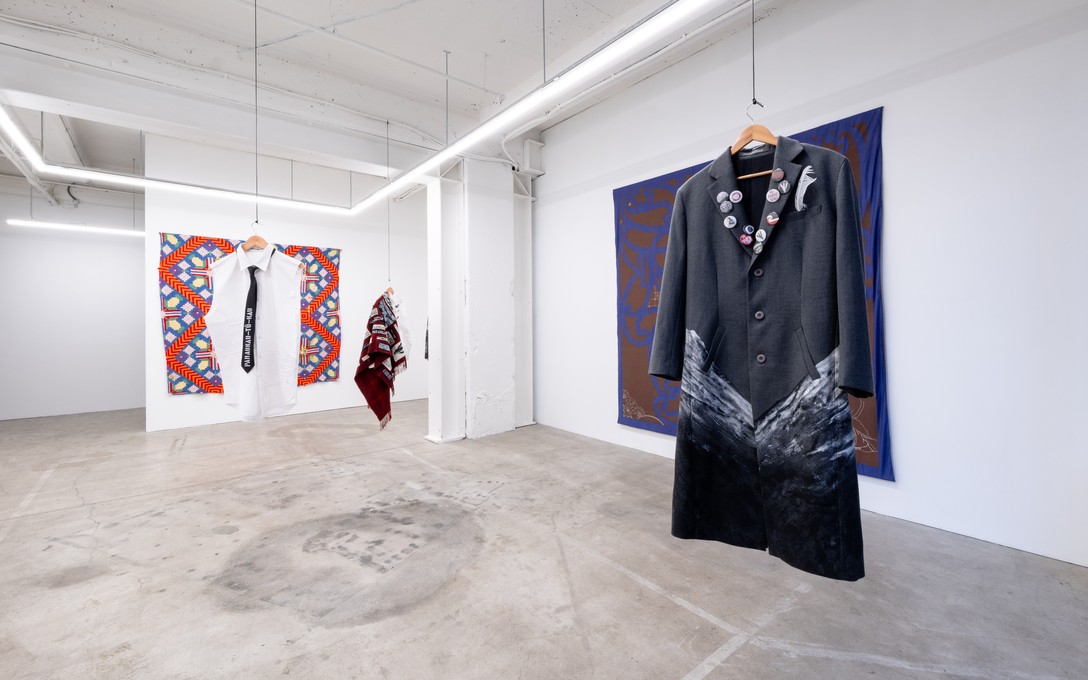
Kaka-aku, installation view. Image courtesy of Ted Whitaker.
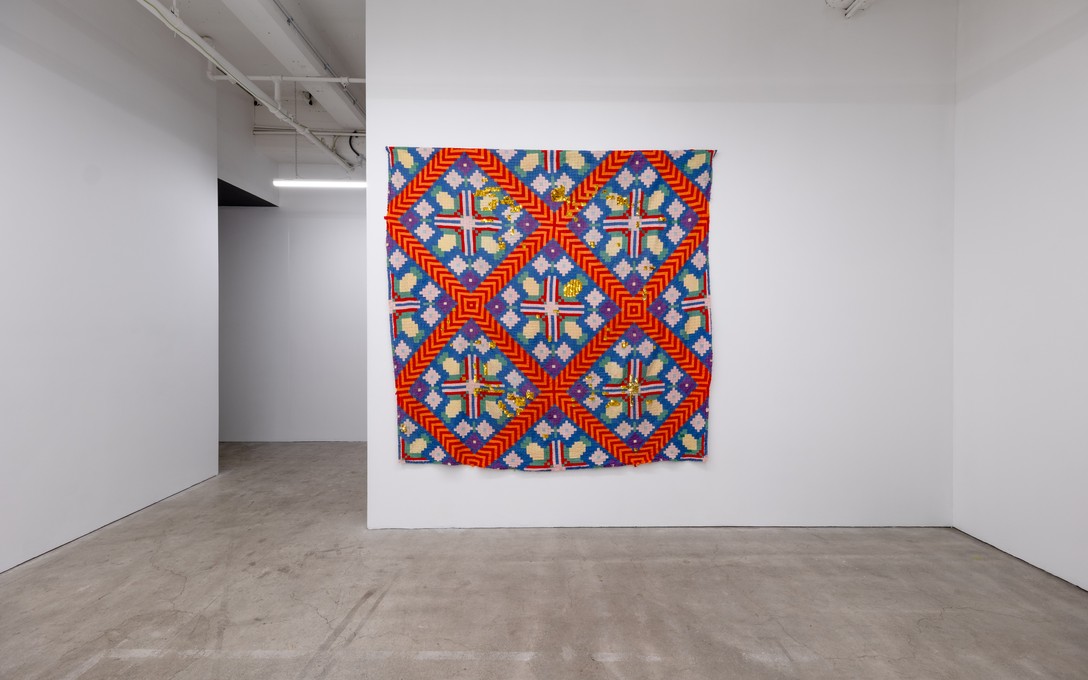
Tehani Ngapare Rau-Te-Tara Buchanan & Ngapare Poko Taua (1905-1974), Nā Ngapare ngā painapa (Ngapare’s Pineapples), c. 1924-2024, aslan cotton, sequins. Image courtesy of Ted Whitaker.
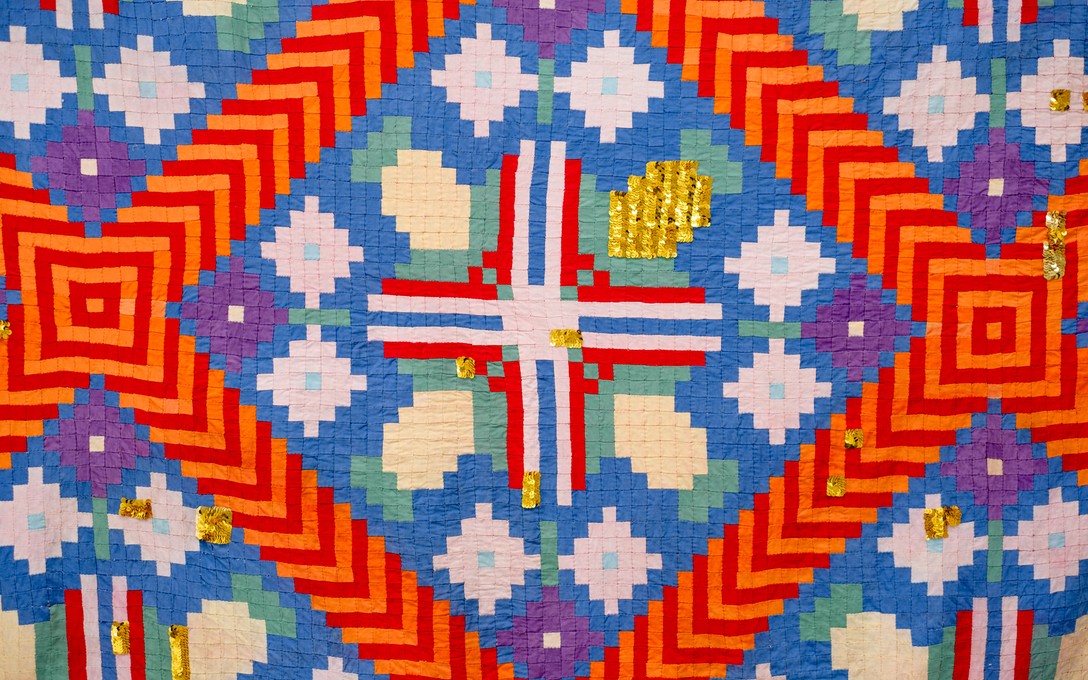
Tehani Ngapare Rau-Te-Tara Buchanan & Ngapare Poko Taua (1905-1974), Nā Ngapare ngā painapa (Ngapare’s Pineapples), c. 1924-2024, aslan cotton, sequins. Image courtesy of Ted Whitaker.
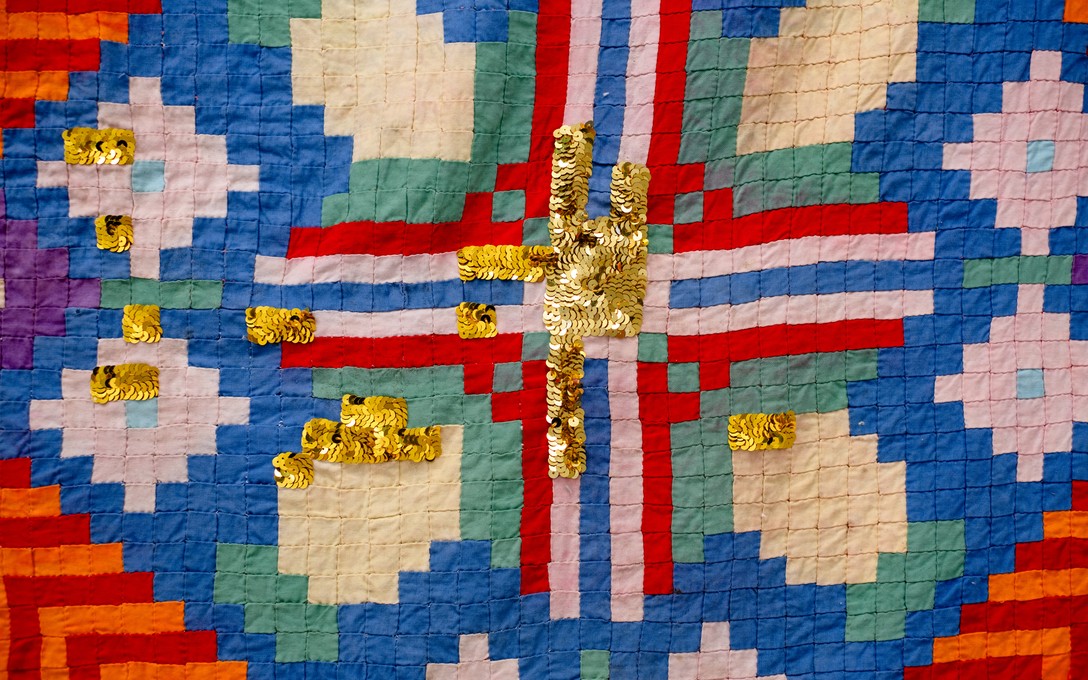
Tehani Ngapare Rau-Te-Tara Buchanan & Ngapare Poko Taua (1905-1974), Nā Ngapare ngā painapa (Ngapare’s Pineapples), c. 1924-2024, aslan cotton, sequins. Image courtesy of Ted Whitaker.
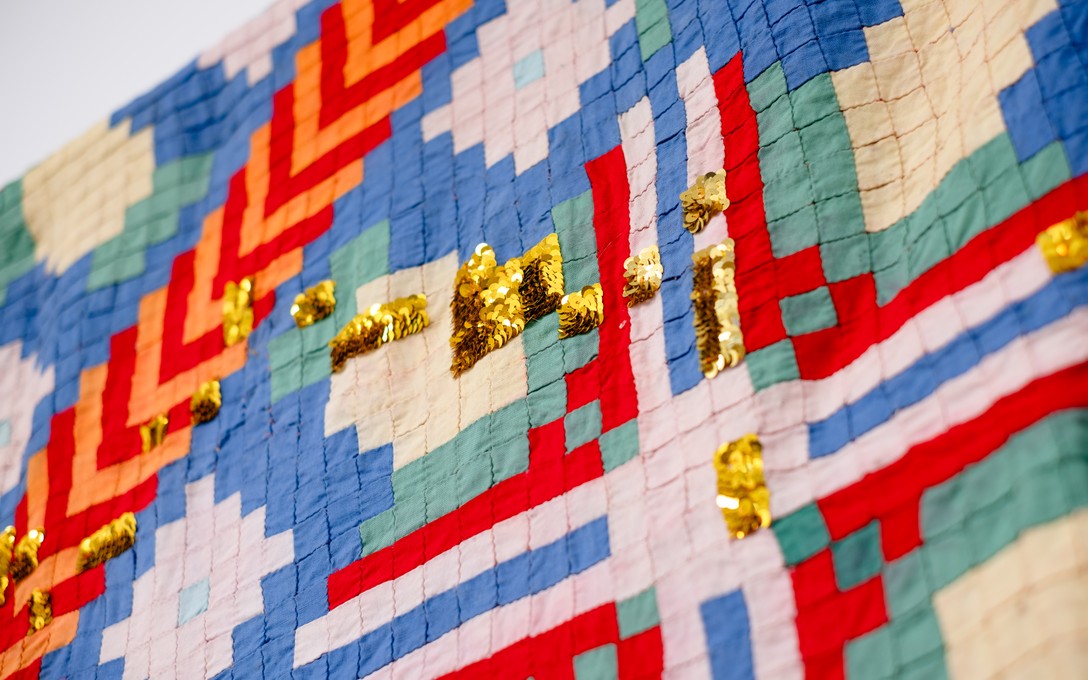
Tehani Ngapare Rau-Te-Tara Buchanan & Ngapare Poko Taua (1905-1974), Nā Ngapare ngā painapa (Ngapare’s Pineapples), c. 1924-2024, aslan cotton, sequins. Image courtesy of Ted Whitaker.
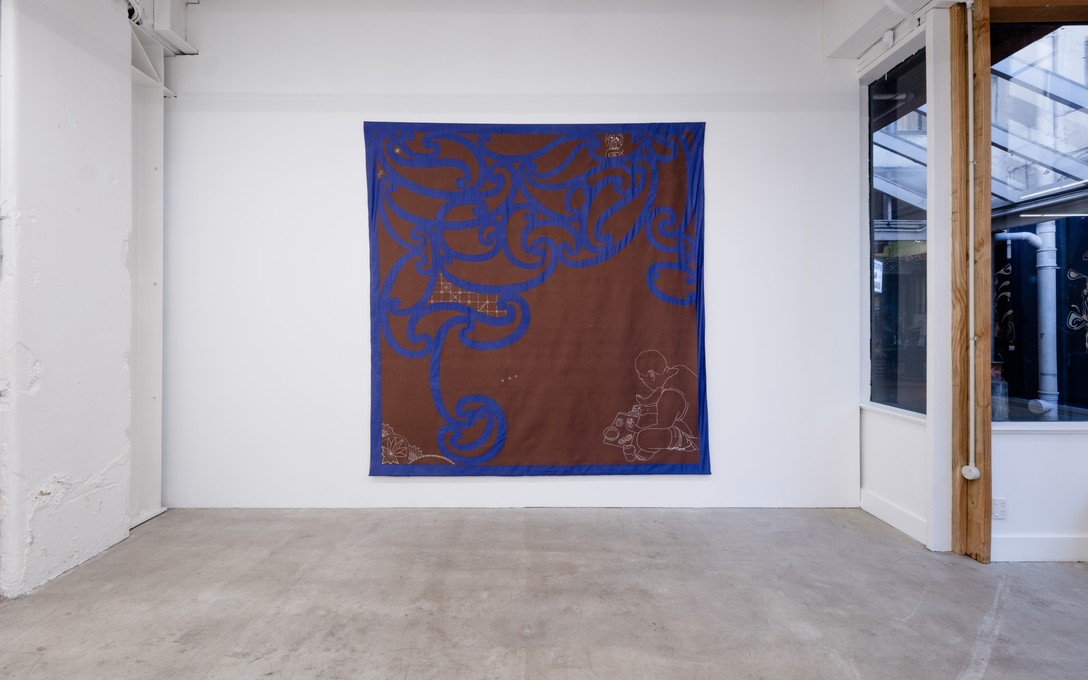
Rosalie Koko, Tauhere, Fa’atasi, 2022, muka embroidery on cotton appliqué. Image courtesy of Ted Whitaker.
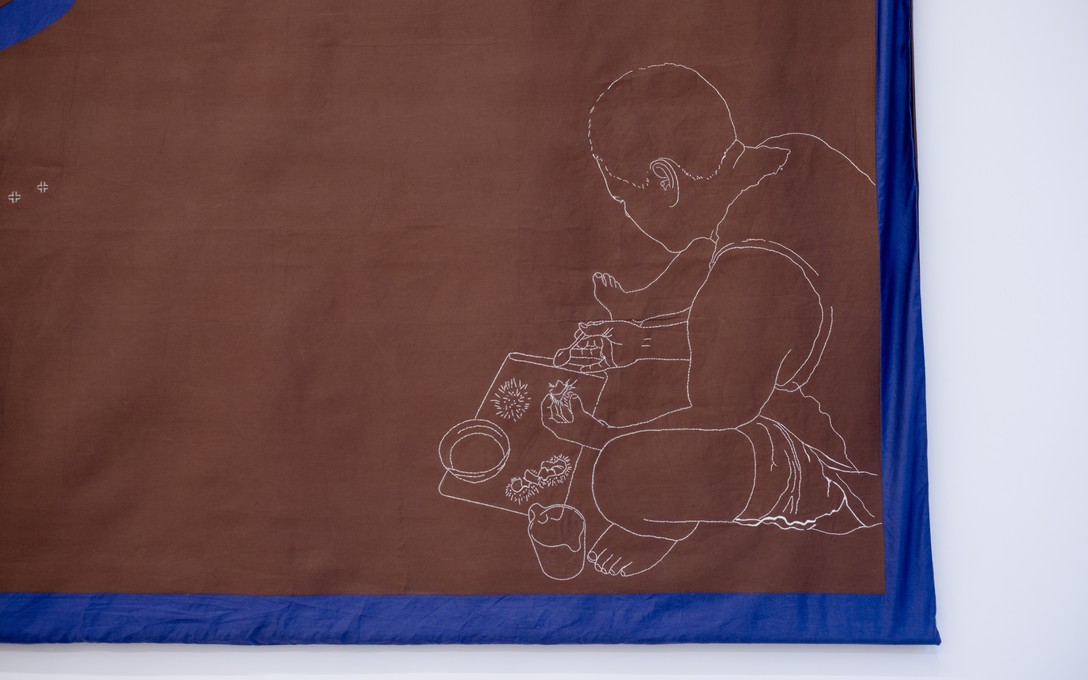
Rosalie Koko, Tauhere, Fa’atasi, 2022, muka embroidery on cotton appliqué. Image courtesy of Ted Whitaker.
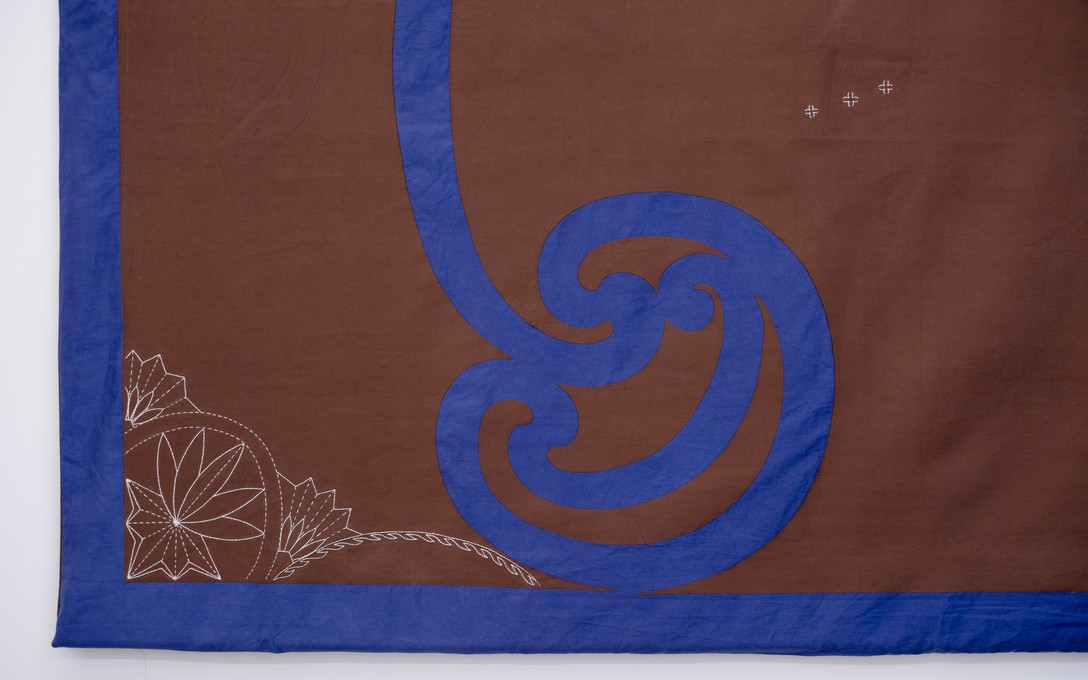
Rosalie Koko, Tauhere, Fa’atasi, 2022, muka embroidery on cotton appliqué. Image courtesy of Ted Whitaker.
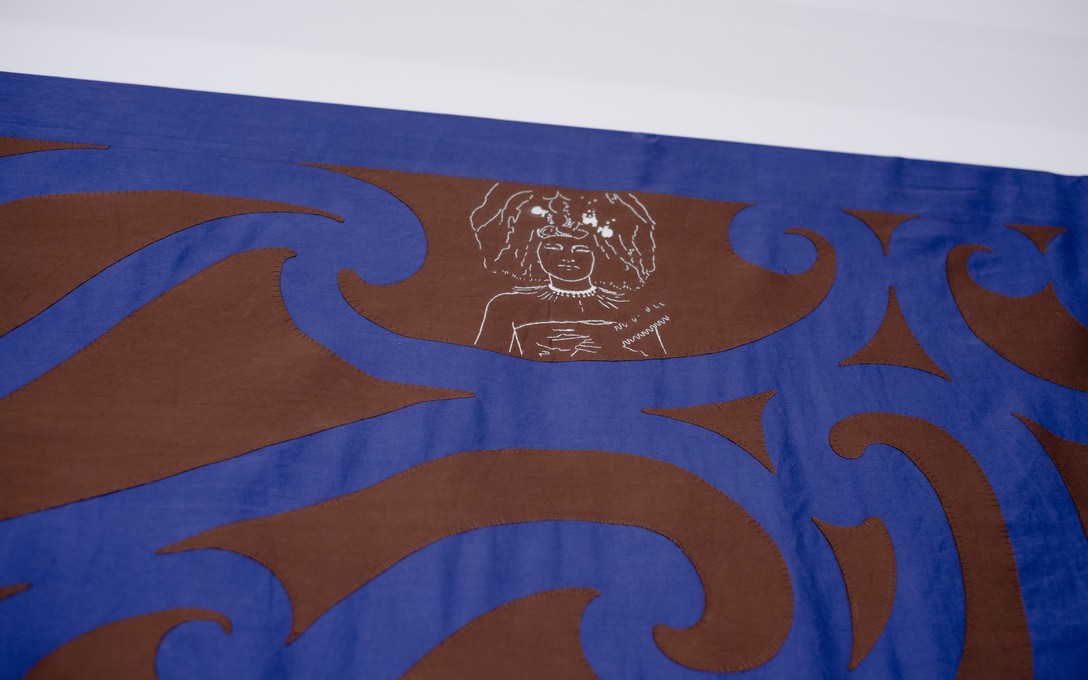
Rosalie Koko, Tauhere, Fa’atasi, 2022, muka embroidery on cotton appliqué. Image courtesy of Ted Whitaker.
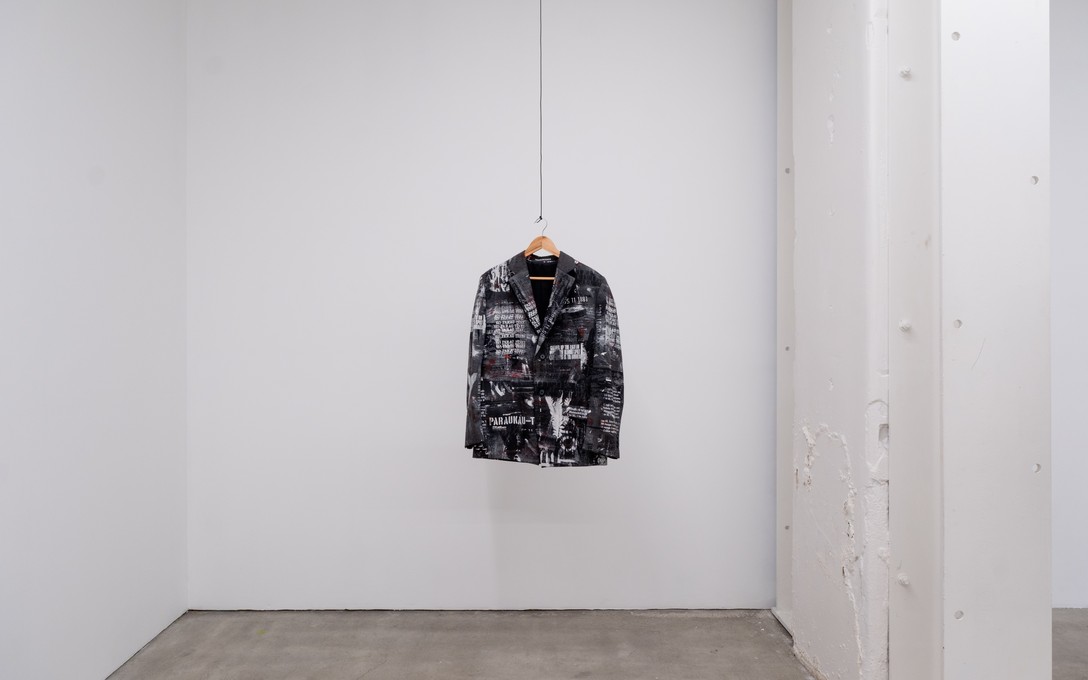
Vince Ropitini, garments from The Art of Passive Resistance collection (2023). Image courtesy of Ted Whitaker.
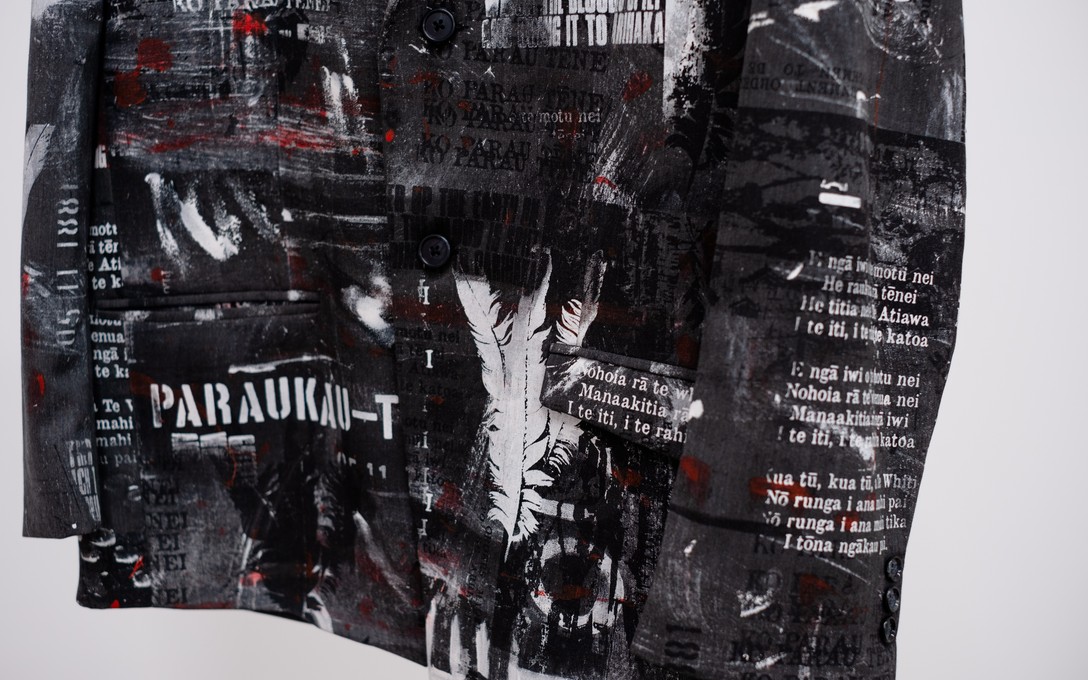
Vince Ropitini, garments from The Art of Passive Resistance collection (2023). Image courtesy of Ted Whitaker.
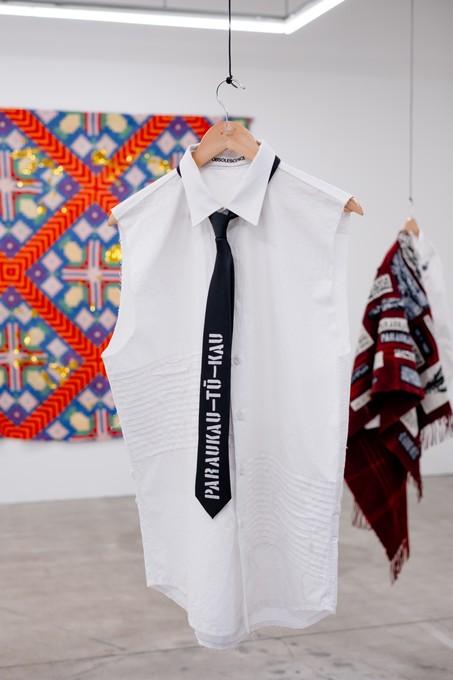
Vince Ropitini, garments from The Art of Passive Resistance collection (2023). Image courtesy of Ted Whitaker.
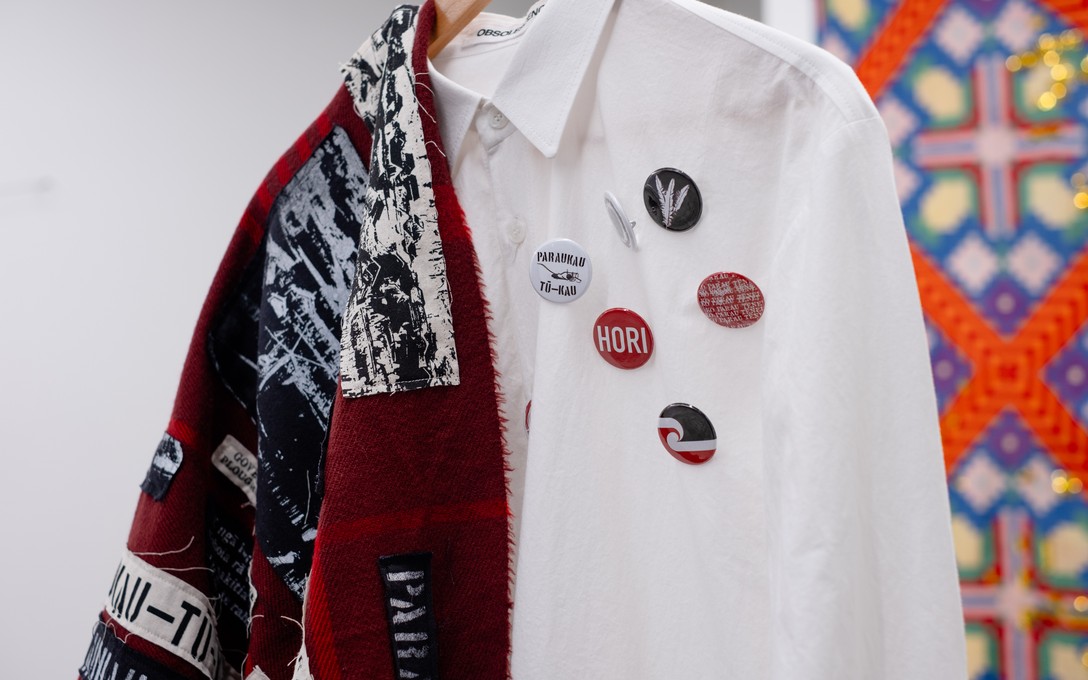
Vince Ropitini, garments from The Art of Passive Resistance collection (2023). Image courtesy of Ted Whitaker.
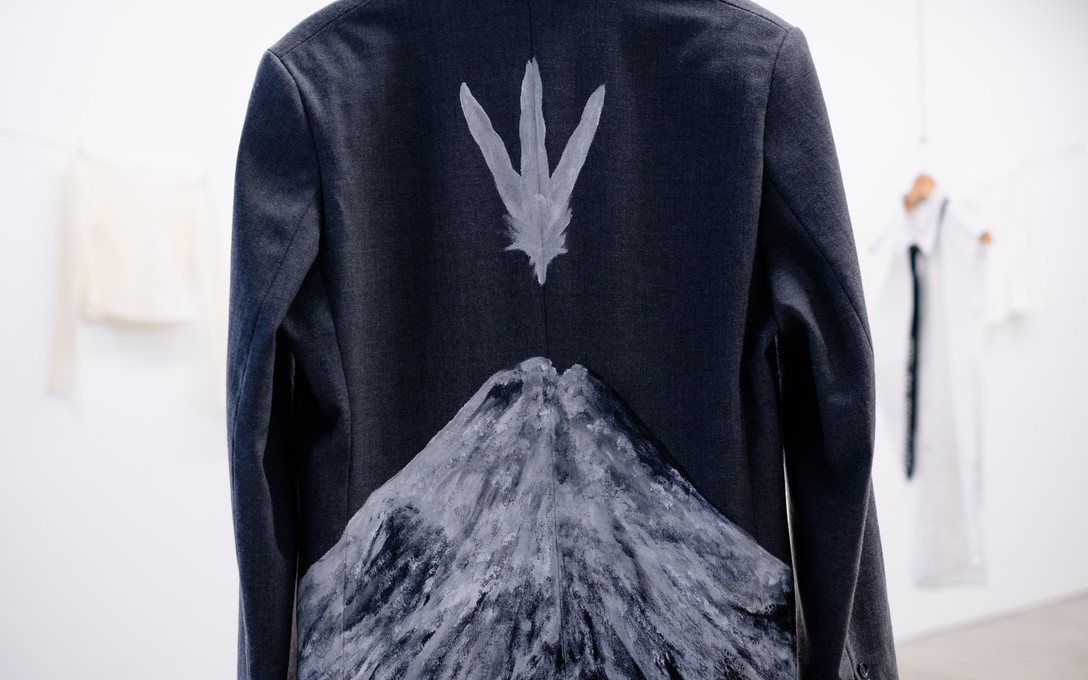
Vince Ropitini, garments from The Art of Passive Resistance collection (2023). Image courtesy of Ted Whitaker.
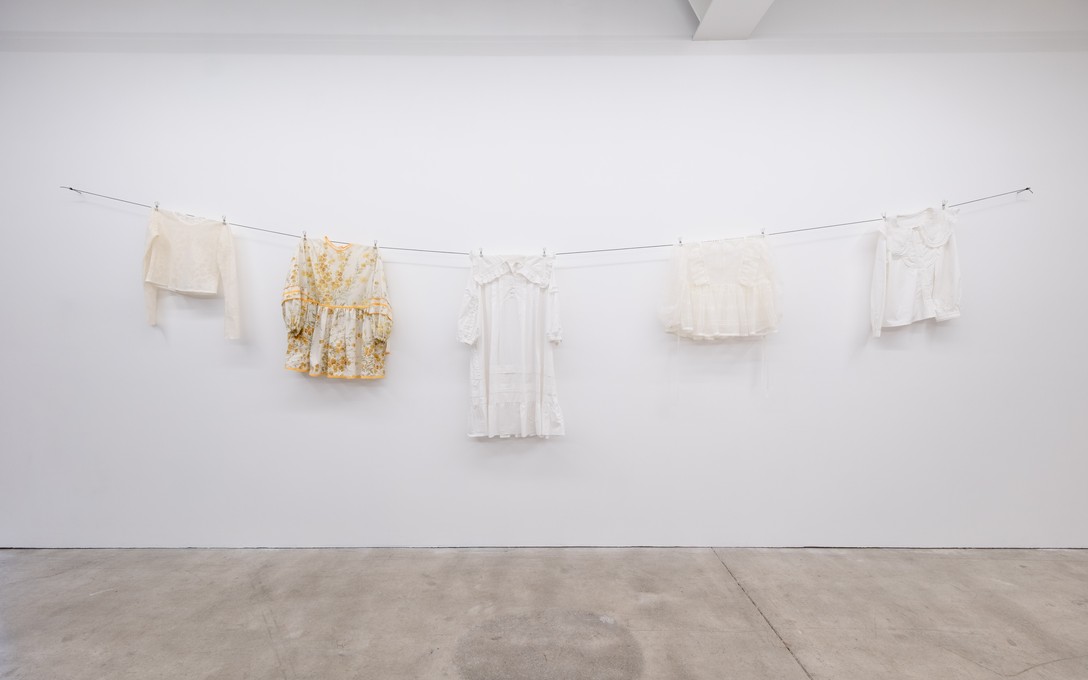
Bobby Luke, garments from Oranga Ngākau (2023) and Kākahu Hou (2018) collections. Image courtesy of Ted Whitaker.
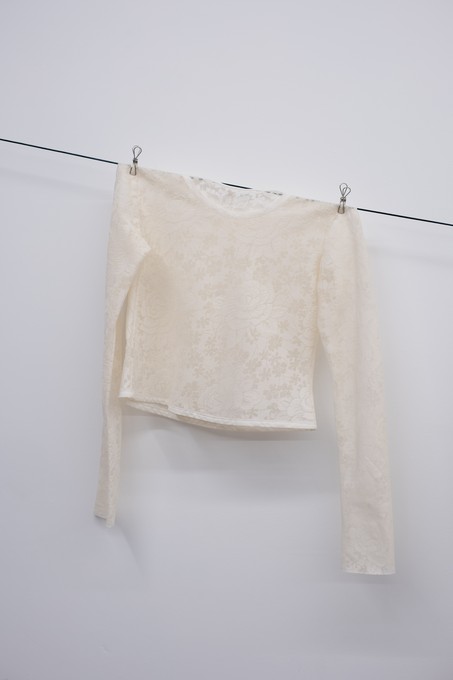
Bobby Luke, garments from Oranga Ngākau (2023) and Kākahu Hou (2018) collections. Image courtesy of Ted Whitaker.
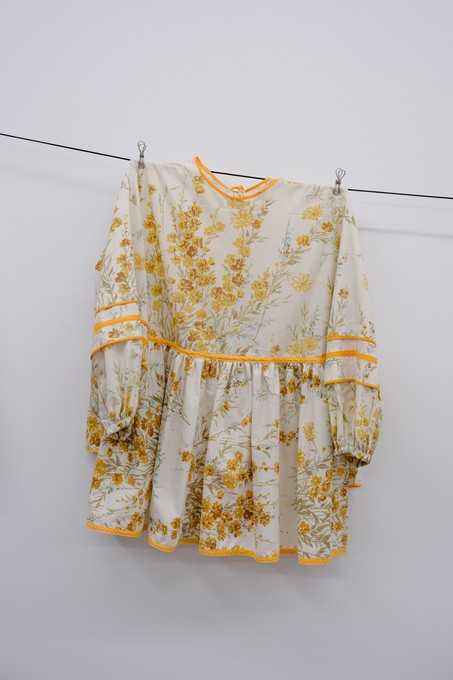
Bobby Luke, garments from Oranga Ngākau (2023) and Kākahu Hou (2018) collections. Image courtesy of Ted Whitaker.
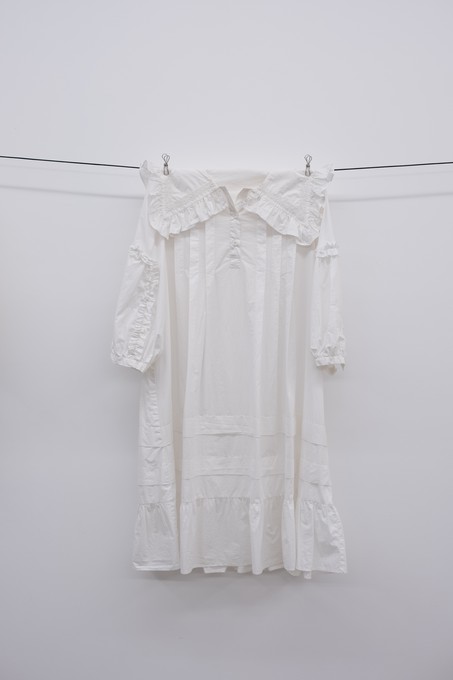
Bobby Luke, garments from Oranga Ngākau (2023) and Kākahu Hou (2018) collections. Image courtesy of Ted Whitaker.
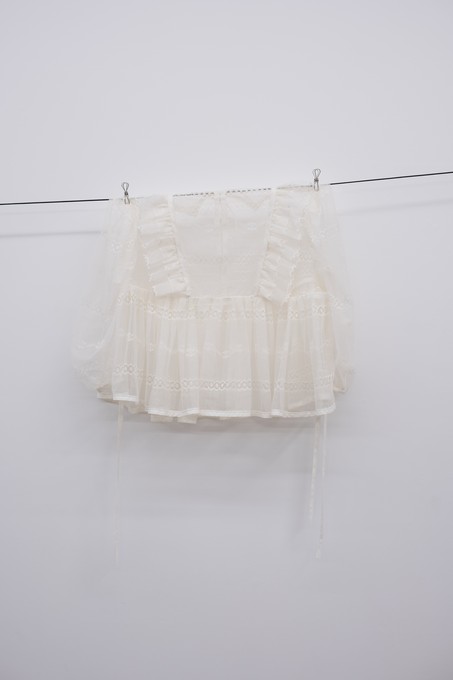
Bobby Luke, garments from Oranga Ngākau (2023) and Kākahu Hou (2018) collections. Image courtesy of Ted Whitaker.
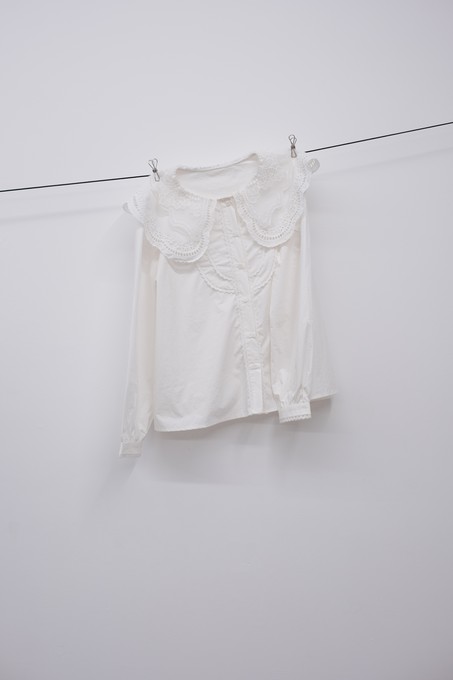
Bobby Luke, garments from Oranga Ngākau (2023) and Kākahu Hou (2018) collections. Image courtesy of Ted Whitaker.
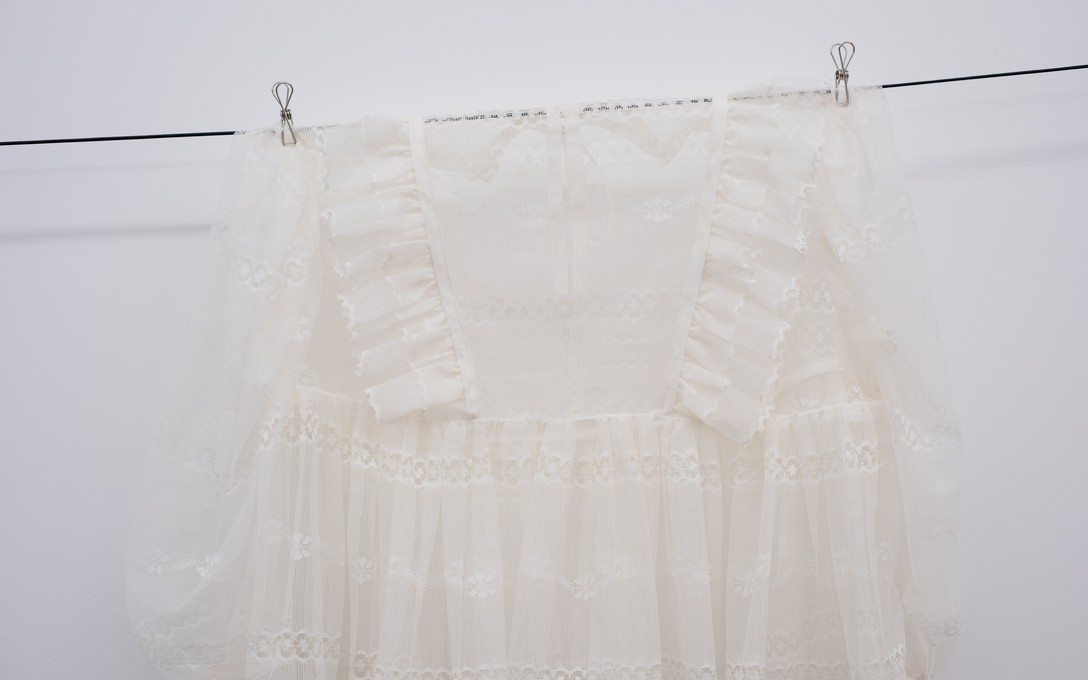
Bobby Luke, garments from Oranga Ngākau (2023) and Kākahu Hou (2018) collections. Image courtesy of Ted Whitaker.
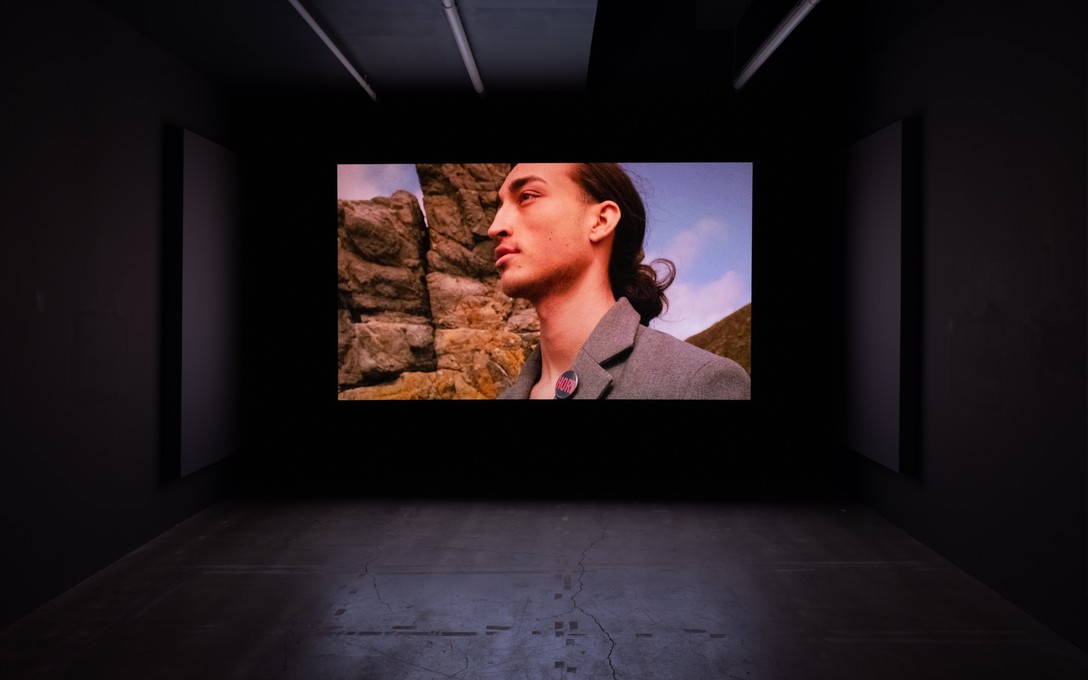
Vince Ropitini, Ask That Mountain, 2023, moving image with audio. Videography and Editing by Camden Jackson & Gala Baumfield. Image courtesy of Ted Whitaker.
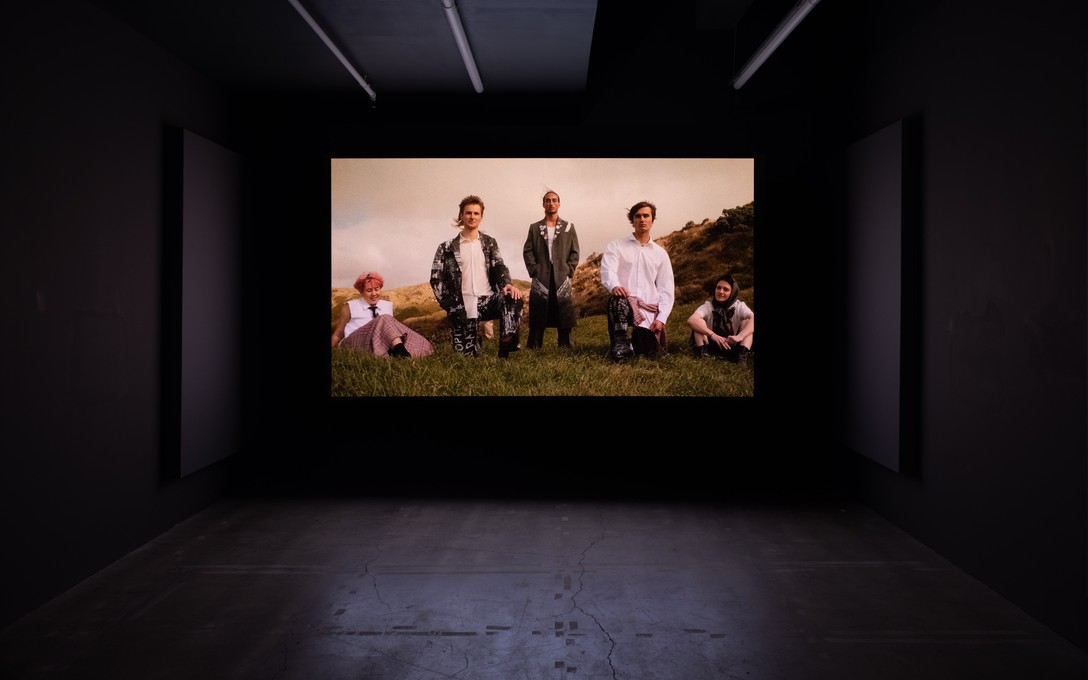
Vince Ropitini, Ask That Mountain, 2023, moving image with audio. Videography and Editing by Camden Jackson & Gala Baumfield. Image courtesy of Ted Whitaker.
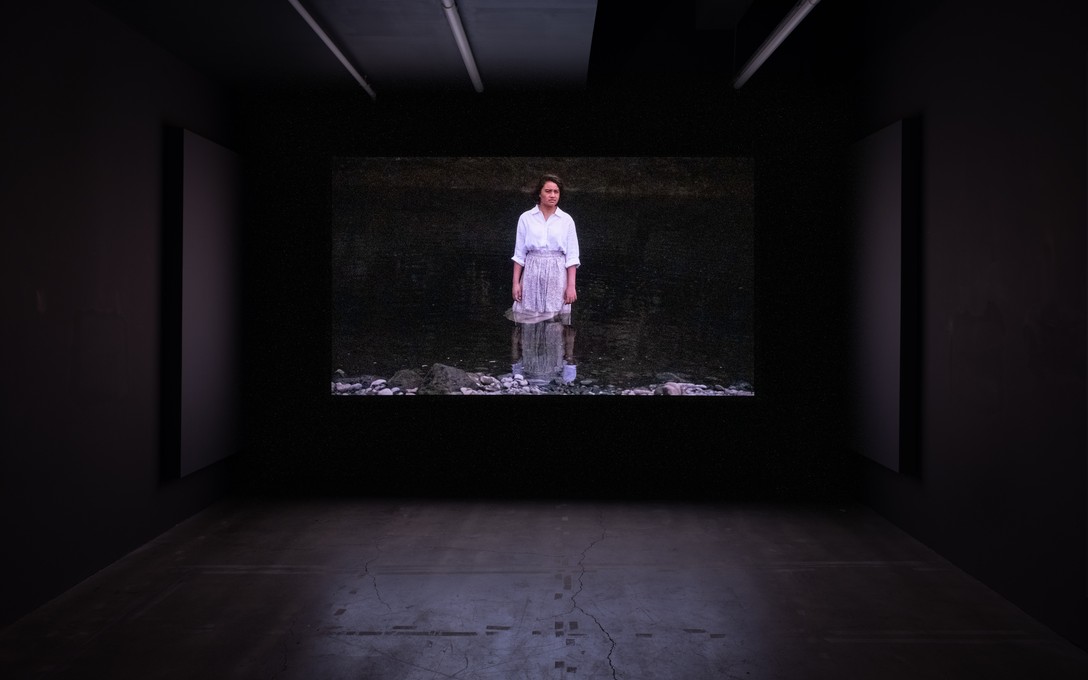
Bobby Luke, Wai te Ika, moving image with audio, 2018. Director and cinematographer: Bobby Luke, model: Carlida Te Awhe, location: Tangahoe, Taranaki. Image courtesy of Ted Whitaker.
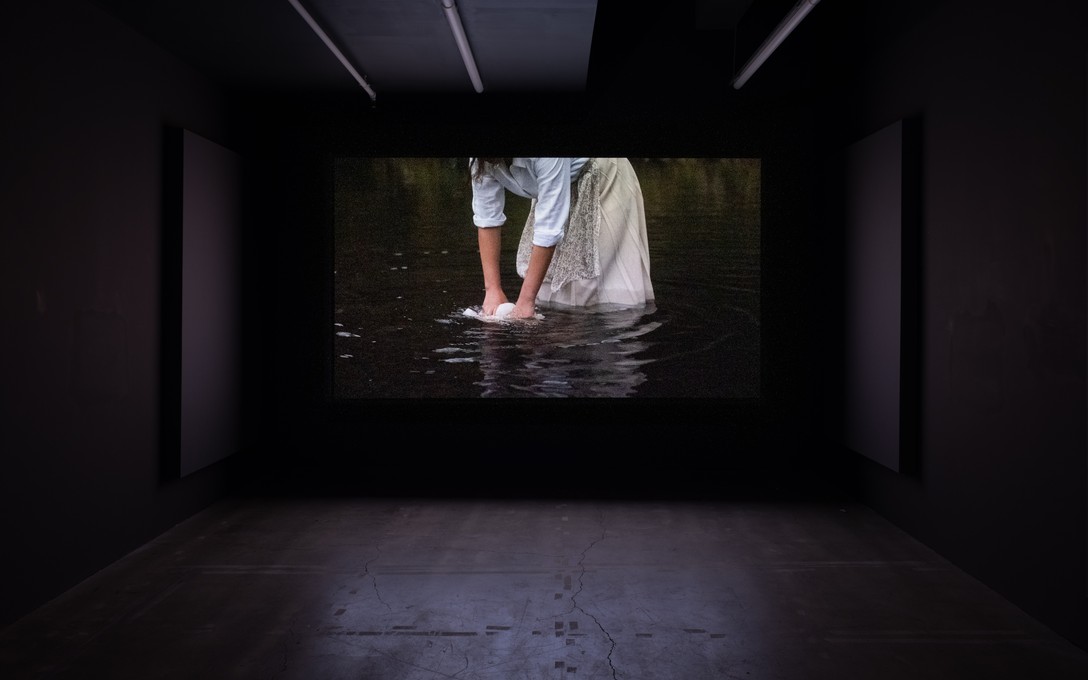
Bobby Luke, Wai te Ika, moving image with audio, 2018. Director and cinematographer: Bobby Luke, model: Carlida Te Awhe, location: Tangahoe, Taranaki. Image courtesy of Ted Whitaker.
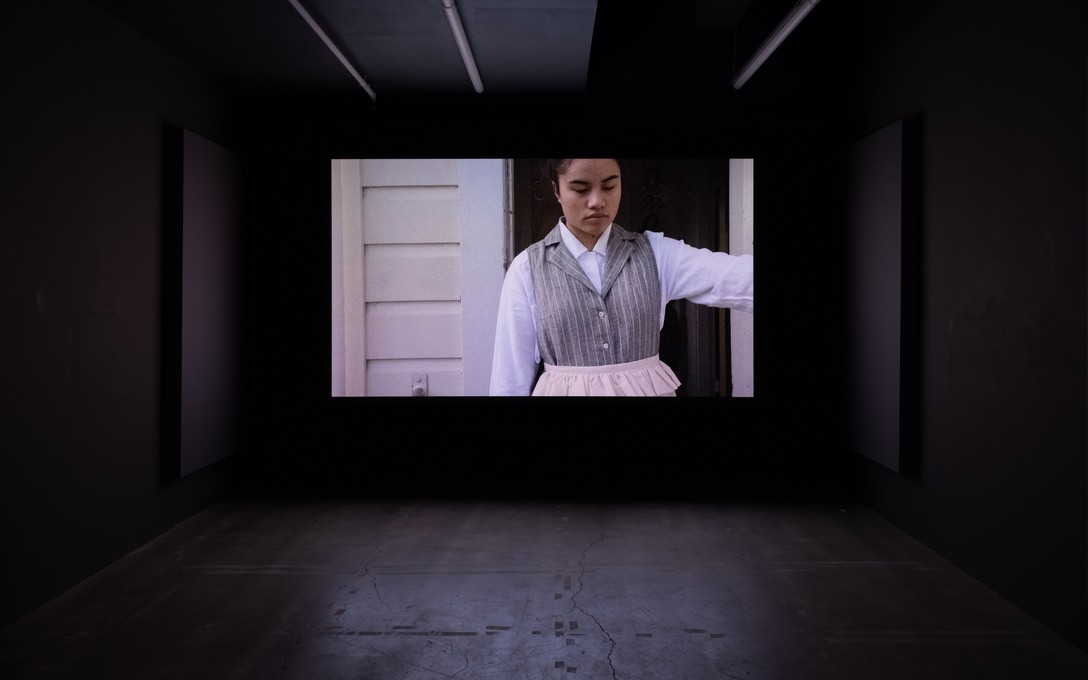
Bobby Luke, Whiri Kare, moving image with audio, 2019. Director and cinematographer: Bobby Luke, model: Carlida Te Awhe, location: Taiporohēnui Pā, Tangahoe. Image courtesy of Ted Whitaker.
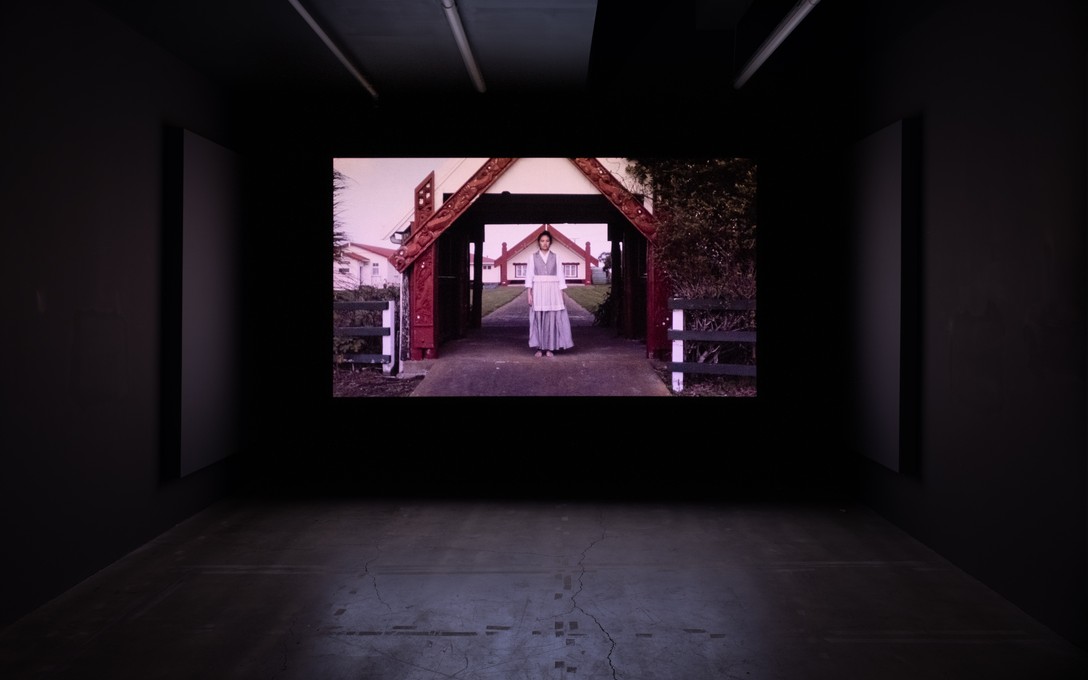
Bobby Luke, Whiri Kare, moving image with audio, 2019. Director and cinematographer: Bobby Luke, model: Carlida Te Awhe, location: Taiporohēnui Pā, Tangahoe. Image courtesy of Ted Whitaker.
ABOUT THE ARTISTS
Tehani Ngapare Rau-Te-Tara Buchanan (she/her/ia) is an educator, Senior Advisor for a Government org, writer, māmā of two and curator of beautiful things. Born in Rarotonga, she is of Cook Islands Māori (Aitutaki, Rarotonga, Mitiaro, Mangaia) and Scottish descent. Finding joy in interior design, fashion styling, creative direction, writing and conceptual experiences, Tehani’s creative practice centres on life experiences, self-expression as a healing modality and indigenous reclamation. Her current artistic focus is learning the art of tivaevae, under the nurturing tutelage of local Cook Islands mamas, imbuing a unique perspective to the traditional art form. Tehani is based in Parirua, Te Whanganui-a-Tara with her two children, Amalija & Gabrijel and is committed to raising her children in their culture and reo rangatira.
Rosalie Koko is a Te Whanganui-a-Tara based artist, descending from Ngāti Kahungunu ki Heretaunga and Olosega. She has a diverse practice that spans painting and textiles, building on traditional modes of making grounded in whakapapa. Tīpuna/tupuga created patterns with inherent connotational meaning, passed down through the traditional arts of kōwhawhai, raranga and siapo. Rosalie examines the tension between pattern and figurative imagery as modes of expression.
Bobby Luke (Ngāti Ruanui, Taranaki) is a prac-ademic who works at the intersection of academic research and creative practice. He sees practice-led research as a means of exploring new and innovative approaches to design, methodology and creative impact. Dr. Luke is not impartial or apologetic about the promotion of Kaupapa Māori led design and aims to promote a greater understanding of Indigenous design culture, and to challenge the dominance of Western design paradigms and pedagogy. Dr. Luke also has his own brand, Campbell Luke – traversing practices of moving image and photography, as a means to visually communicate and disseminate his research.
Vince Ropitini is an uri of Taranaki, Ngāruahinerangi me Whakatōhea. Following the completion of a Bachelor of Design, graduating with First Class Honours in Fashion, he has continued to develop his own label, Obsolescence Clothing. This acts as a reflection of his own journey, as well as being a point of reference for the preservation of mātauranga Māori. Cultural sustainability is found at the core of his design development, not only as a vessel for preserving the knowledge of his ancestors, but as a personal journey of reconnecting with his heritage. Each and every one of Ropitini’s garments tell a story, with the wairua of the storyteller being woven into each piece as it is created.
'O lima alofa nei sa su’isu’iina lenei 'ie.
Nā ēnei ringa aroha i tuitui ki tēnei kuira.
These loving hands stitched on this quilt.
Rosalie Koko would like to acknowledge all those who contributed to Tauhere, Fa'atasi:
Erena Arapere
Misty Barnes
Cheyenne Church
Frances Dawson
Brent Dunn
Anahera Hunapo
Pania Koko
Joseph Koko
Kerry Koko
Felaua’i Manusina
Karangawai Marsh
Tūheimoa Maruera
Aroha Matchitt-Millar
Poppy McCombe
Andrew McIntosh
Matiria McIntosh
Pu’e McIntosh
Samitioata Koko McIntosh
Ripeka Paapu
Mari Ropata-Te Hei
Arapera Taiapa-Johnson
Akeina Tairea
Rereao Taite
Ramairoa Tawera
Kura Te Waru Rewiri
Tui Whareaitu
